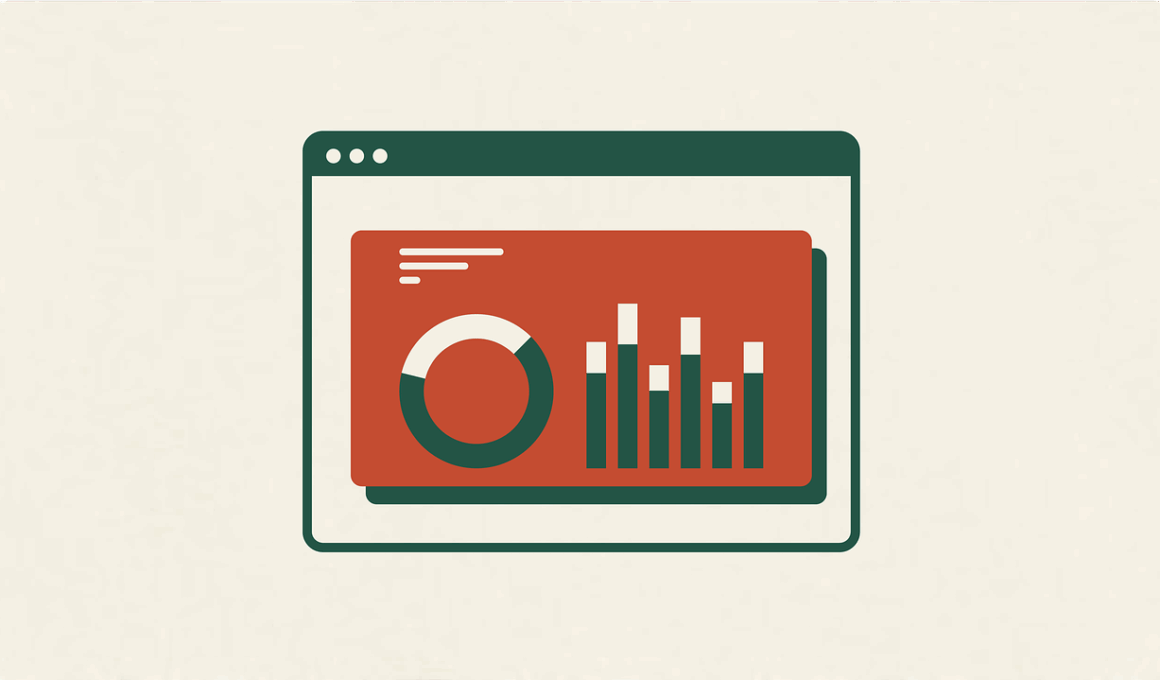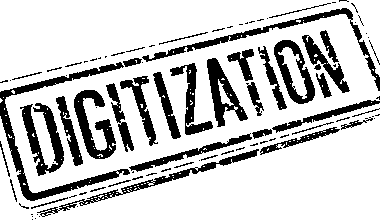Using Analytics to Optimize Your Blog Post Scheduling and Social Follower Growth
In the competitive realm of blogging, it is essential to understand how analytics can serve as a powerful tool in scheduling blog posts for maximum impact. Leveraging data effectively enhances your potential to engage more readers. By analyzing user behavior, you can determine the right times to share your content across various platforms. Consider utilizing tools like Google Analytics or social media insights to gather information about your audience’s habits. In addition, keep an eye on how often your posts are shared across social media channels. This data will guide you in creating a content calendar that aligns with your followers’ engagement times, ensuring that your blog reaches a broader audience. Understanding peak active times can significantly improve viewer interaction rates. Moreover, reviewing past performance of your blog posts can reveal patterns that influence reader engagement. Additionally, creating diverse content types—such as articles, videos, and infographics—can help capture audience interest. Ultimately, using these analytics to inform your content creation strategy fosters sustainable growth.
As you dive deeper into optimizing your scheduling strategy, it’s crucial to categorize your content according to various metrics. For instance, examine content types that generate high interaction rates. Segment your blog posts by popularity, audience demographics, and engagement levels. By using these categories, you can identify specific trends that inform future posts. Pay attention to seasonal variations in your readers’ interests. Tailoring your blog content to align with holidays and trending topics can enhance visibility and accessibility. Utilize A/B testing for different scheduling times and formats to analyze which methods yield higher engagement rates. You may find that specific audiences prefer certain types of posts at distinct times. Additionally, consider integrating social media platforms into your scheduling plan. Schedule promotional posts that link back to your blog content. The combination of social media and SEO can create a powerful synergy, driving traffic to your site effectively. Furthermore, investing in email marketing can create a direct line of communication, alerting followers about new posts. By aligning all promotional efforts with data-driven insights, your blog can expand its reach significantly.
Analyzing Audience Behavior
Understanding your audience is the backbone of any successful blog. By delving into analytics, you can uncover valuable insights regarding your readership’s behavior. Examine metrics such as page views, time spent on the page, and bounce rates. These will help you comprehend what captivates your audience. In addition, analyze the demographic information, as it reveals who your readers are, allowing you to tailor your content accordingly. Monitoring social shares is equally critical, as it indicates which topics resonate most with your followers. Furthermore, use this data to assess how time zones affect engagement. For instance, if you have an international audience, consider scheduling your posts to accommodate multiple time zones. Identify trends showing when your readers predominantly visit your blog, be it early mornings or late evenings. Knowing these details can drastically enhance your scheduling initiatives and reader interactions. Use heat maps to visualize peak traffic times, further allowing you to refine your content release schedule. Learning about audience preferences is an ongoing process; consistency in analysis results drives effectiveness.
Moreover, not all posts generate equal interest; pinpointing which styles resonate can enhance your growth strategy. Assessing your blog content through analytic tools allows for informed decisions about what direction to take with future blog posts. Regularly updating your trending topics list can keep your content fresh and engaging. Additionally, dive deeper into your social media analytics. Platforms like Facebook and Twitter provide useful insights that help tailor your posts to the interests of followers. Understanding how many interactions certain posts receive can positively influence your scheduling strategies. Create a content matrix reflecting successful posts and strategize similar topics for future content based on these metrics. Regularly attending webinars or workshops about analytics can also sharpen your skills and keep you updated with industry standards. Collaborating with fellow bloggers for analytics discussions can provide new perspectives. Utilizing insights garnered from various platforms can directly impact how you enhance your blogging approach, ensuring that your growth objectives align well with reader preferences.
Creating an Effective Content Calendar
An effective content calendar is essential for maintaining a structured approach to blog post scheduling. It not only organizes upcoming posts but also highlights important dates and times to maximize exposure. Start by laying down a schedule that adheres to peak engagement times derived from your analytics. Mark specific themes or topics that align with periodic events relevant to your audience. Creating diverse content types ensures you’re catering to different reader preferences as well. Reassess your calendar monthly to incorporate learnings from past engagement metrics—making timely updates helps keep the content relevant. Being adaptive to these changes is essential for achieving long-term goals. Don’t forget to factor in promotional campaigns or collaborations for timely introductions to new audiences. A well-structured calendar enables productive planning for social media and email notification strategies. Also, consider including call-to-action elements in your posts to engage readers further. By maintaining an updated content calendar, your scheduling efforts can become more seamless, leading to noticeable growth in followers and active readership.
Integrating tools for automation into your scheduling process can alleviate the challenges of timely posting. Tools like Buffer or Hootsuite can manage your social media presence, allowing for streamlined content dissemination across multiple platforms. This approach not only saves time but also ensures posts are released during peak follower activity periods. Additionally, analyze how these automated posts perform compared to direct posts, determining effectiveness in real-time interaction. By integrating scheduled social posts with blog content, you amplify your reach without sacrificing engagement quality. Another rewarding method is repurposing content across different formats, increasing shared engagement potential. For example, transforming a blog post into a podcast or video can tap into varied audience preferences. Additionally, leveraging user-generated content can be an interactive way to boost your follower base. Encourage readers to share their experiences or opinions on topics you cover. By fostering this sort of community interaction, you create a cycle of engagement that fortifies your audience’s loyalty, ultimately resulting in tangible follower growth.
Utilizing Feedback and Crowdsourcing Ideas
The importance of feedback cannot be overstated in the blogging sphere. By actively soliciting input from your readers, you can uncover topics that genuinely pique their interest. Creating polls or surveys not only fosters audience engagement but also drives content ideas directly from your followers’ preferences. This interaction builds community and encourages regular visits to your blog. Listening to reader commentary can also reveal gaps in your content and provide new topics to explore. Moreover, consider open discussions through comments or social media platforms as a way to gather diverse perspectives. Crowdsourcing ideas ensures that your content remains relevant and appealing. It also invests your audience in your blog’s evolution. By implementing popular suggestions, your readers will feel acknowledged and appreciated, improving overall loyalty. Track which posts receive the most engagement based on reader feedback and adjust your scheduling accordingly. Continually refining your content approach based on audience insights can lead to significant growth and a stronger connection with followers.
In conclusion, utilizing analytics to enhance blog post scheduling plays a crucial role in sustained follower growth. By actively analyzing data and responding to audiences, you empower your blog’s success. Maintain a consistent assessment of primarily successful content types. Understanding audience behaviors, preferences, and engagement times will aid in optimizing post times and content formats. Moreover, maintaining an adaptable content calendar, and utilizing efficient automation tools can lead to streamlined content sharing while ensuring relevance across platforms. Engage actively with your readership and incorporate feedback tools to create a dialogue and community. This approach fosters loyalty and engagement, ultimately resulting in sustainable growth. Tracking your analytical progress consistently will refine your strategy and highlight areas for improvement. Be patient, as blogging success requires time, commitment, and continuous learning. Emerging trends may shift reader preferences; remain open to adjustments and modifications. Moreover, focusing on consistency in posting, quality of content, and timely engagement are the cornerstones to cultivating a flourishing blogging environment. As your analytics skills evolve, your understanding of your audience will support your blog’s ongoing progression.


